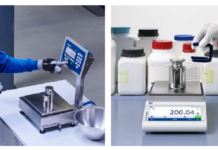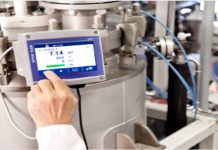ICRA forecasted robust growth for India’s active pharmaceutical ingredients (API) sector, projecting a compound annual growth rate (CAGR) of 7-8% for a selected group of API producers through 2029. Revenues are expected to rise from an estimated $13-14 billion in 2023.
Several factors are contributing to this positive outlook. The pharmaceutical formulations industry is experiencing increased demand, driven by an aging population and a higher prevalence of chronic illnesses. Additionally, there is a growing need for contract manufacturing as global clients aim to diversify their supply sources, coupled with a stronger emphasis on domestic production.
ICRA’s analysis, based on a sample of ten API companies, also indicates a slight improvement in operating profit margins (OPM). The agency expects OPM to reach 12-14% in FY25, up from an estimated 11-13% in FY24.
The optimistic forecast follows a challenging period from FY21 to FY23, during which the sector faced difficulties such as rising raw material costs, high crude oil prices, and supply chain disruptions related to pandemic-induced lockdowns in China.
Deepak Jotwani, Vice President, ICRA and Sector Head for Corporate Ratings stated, “We project a 7-8% revenue increase for our sample set of companies in FY25, following a predicted rise of 3-5% in FY24”.
The report also highlights the favourable impact of the Indian government’s production-linked incentive (PLI) scheme for the bulk drugs sector. ICRA observes that about 62% of the originally planned ₹6,500 crore investment has been allocated across 32 commissioned projects out of the 48 originally planned under the scheme.
As the industry stabilizes and many companies complete their capacity expansions, capital expenditure is anticipated to decrease to ₹5.6 billion in FY25 from an estimated ₹7.6 billion in FY24. As reported by knnindia.co.in, this thorough analysis suggests a promising trajectory for India’s API sector, enhancing its role in the global pharmaceutical supply chain.






























